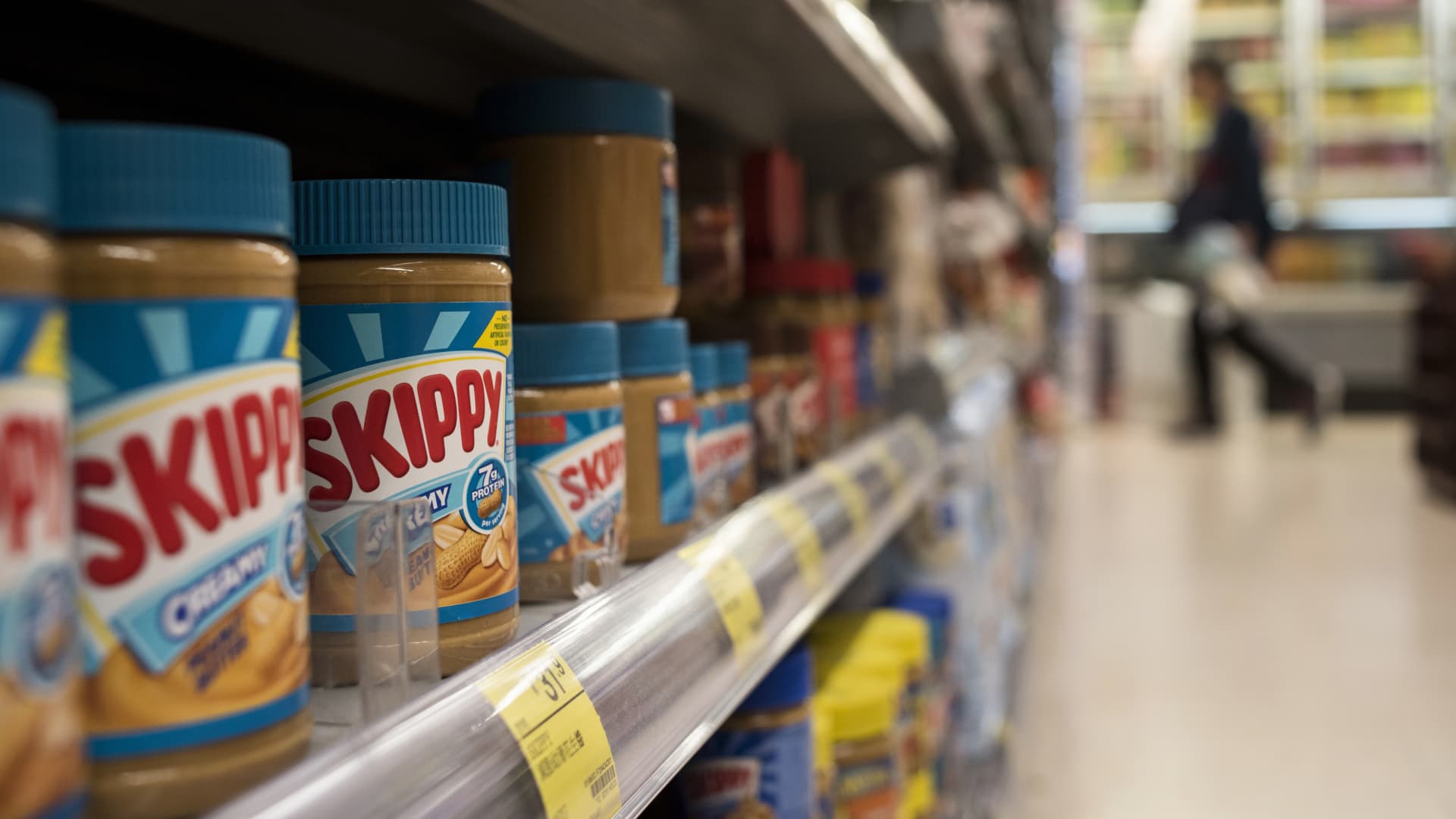For most Americans, the creamy vs. crunchy debate is the only important question when it comes to peanut butter. What many people don’t realize is that this choice has been shaped by centuries of technological advancement, innovation, and marketing, turning peanut butter into a beloved snack in the US. Peanut butter is known for its unique taste, affordability, and versatility. It can be enjoyed on its own, spread on a sandwich, or used in desserts. These factors have contributed to the industry reaching $2 billion in sales, according to Circana, a research firm based in Chicago. The success of peanut butter in the US can be attributed to advancements in technology, specifically hydrogenation, which made it possible to transport the spread. Farmers in the southern US had been grinding peanuts into a paste since the 1800s, but it wasn’t until 1920 when Peter Pan (originally known as E.K. Pond) became the first brand to commercialize peanut butter. With support from a patent from Joseph Rosefield, the creator of Skippy, Peter Pan utilized hydrogenation to revolutionize the industry. Skippy followed in 1933, and Jif became the leading brand in the 1980s. Peanut butter has a household penetration rate of 90%, comparable to other grocery staples like breakfast cereal and bread. The top three brands in the market share are Jif, Skippy, and Peter Pan, representing two-thirds of the market, with Jif leading at 39.4%. Private-label brands hold 18% of the market share. Smucker’s, the market share leader, achieved $453.4 million in net sales in the consumer foods section in its Q4 earnings. Its growth has been attributed to the success of its Uncrustables brand, which saw sales increase from $126 million to over $600 million in the past 10 years. Hormel Foods, known for its Spam products, acquired Skippy in 2013 and holds nearly 20% of the market share. Both companies are focused on expanding their brands into different products and international markets. Peanut allergies are a concern for the industry, particularly in schools, but they have not had a significant impact on sales. Americans consume an average of 4.25 pounds of peanut butter per capita annually, with consumption reaching a record high of 7.8 pounds per capita during the Covid-19 pandemic. Peanut butter’s endurance and potential for continued success are rooted in nostalgia, as it evokes fond memories for many people. It remains a staple in school-aged children’s lunch boxes, with 75% of them including PB&J sandwiches. Smucker’s and Hormel Foods are committed to preserving the legacy and love associated with their brands while exploring new innovations and markets.

The Excessive Peanut Butter Consumption in America: Reasons Unveiled
Denial of responsibility! Swift Telecast is an automatic aggregator of the all world’s media. In each content, the hyperlink to the primary source is specified. All trademarks belong to their rightful owners, all materials to their authors. If you are the owner of the content and do not want us to publish your materials, please contact us by email – swifttelecast.com. The content will be deleted within 24 hours.
